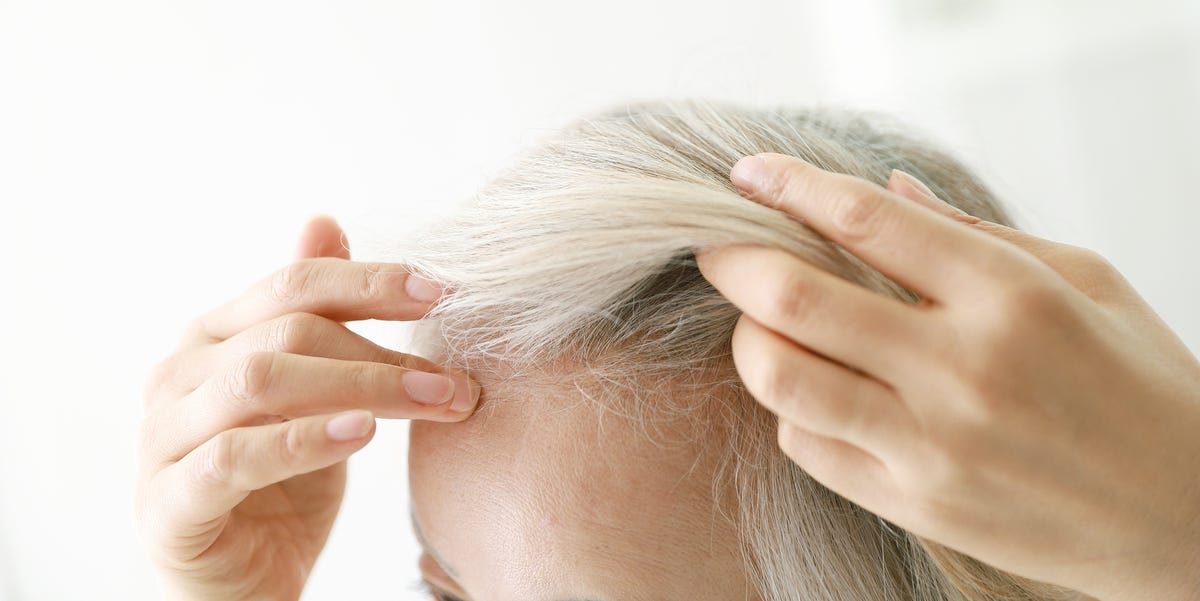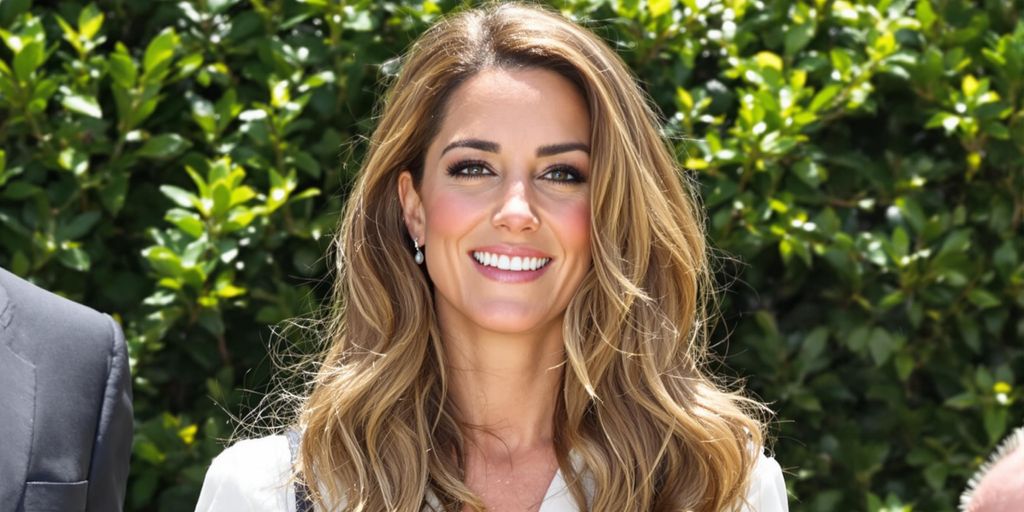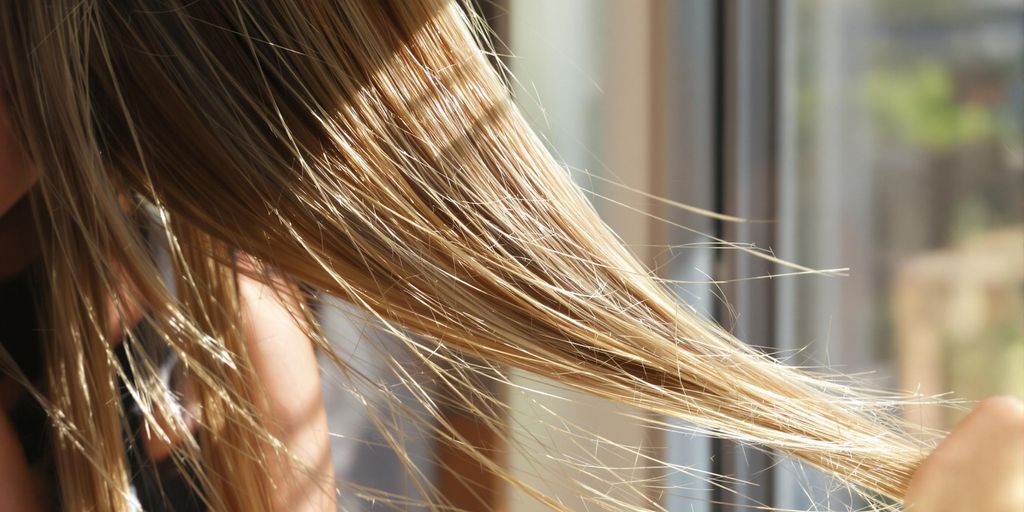Many people are alarmed when they notice significantly more strands of hair on their brush or comb than normal. Before making conclusions, people should understand the difference between hair shedding and hair loss, as they are distinct phenomena which are often mistaken for each other.
In the field of hair restoration, professionals make it clear how to identify hair shedding from hair loss. Hair shedding is a natural occurrence in the life cycle of hair, which is likened to the regeneration of skin and the flaking off of dead skin cells. Under normal conditions, losing around 50 to 100 strands of hair on a daily basis is considered natural and healthy.
Despite popular misconceptions, routine hair activities such as brushing or washing the hair do not exacerbate normal hair shedding.
However, hair loss is a different scenario. It is characterized by persistent extreme shedding that eventually results in significant thinning of the hair or the emergence of bald patches. Unlike hair shedding, hair loss is often connected with damage or inactivity in the follicle, the hair factory, which stops producing hair. This type of hair loss is known as alopecia, which can be attributed to a wide range of factors that include genetics, chemotherapy, hormonal fluctuations, autoimmune diseases, thyroid maladies, normal aging, and even environmental elements.
Usually, temporary events like changing seasons or heightened stress levels can trigger an increase in hair shedding, but this issue typically corrects itself. The main difference between hair shedding and hair loss is that shedding is temporary and part of the growth cycle, while hair loss often results in permanent thinning or balding if left untreated.
As there are more than 100,000 hair follicles on the scalp, losing 100 strands a day doesn’t typically make a notable difference in your hair’s aesthetic appearance, whereas hair loss does.
There are several preventive measures you can take at home to reduce the risk of hair loss. One of the simplest ways to do this is by maintaining a balanced diet. Foods rich in vitamins and minerals like biotin, zinc, and iron can contribute significantly to the health of your hair. Furthermore, extreme diets lacking iron and vitamin B, as well as fasting diets, should be avoided, as they might trigger severe hair loss.
Another method to prevent or mitigate hair loss is through physical scalp massages, either with a dedicated scalp massager or simply using your fingertips. This promotes blood circulation to the hair follicles, thus promoting hair growth.
Simple self-care practices such as gentle hair care, like avoiding styling methods that may stress strands or irritate the scalp, can decrease the risk of hair loss.
Additionally, managing stress can play an integral role in maintaining good hair health. Chronic stress and immune system malfunction are directly linked to alopecia, which is the technical term for the loss of hair in patches. Practicing stress management techniques, like yoga or meditation, can help mitigate stress-related hair loss.
Moreover, specific supplements like biotin or hair-strengthening formularies may work from inside a person’s body to help sustain and invigorate hair growth.
Rosemary oil can also be used as a home remedy. Some preliminary studies have pointed out rosemary oil’s potential in assisting with thinning hair.
If you observe an upward trend in your hair shedding, it is advisable to consult a dermatologist. Gradual thinning on top of the head, the widening of parts, observable bald or patchy segments on the scalp, or a decrease in overall hair density are tell-tale signs of potential underlying health issues. Early intervention, like many health problems, often leads to the best outcomes. Internal symptoms such as itching, pain, or scaling on the scalp should also be taken seriously, especially if there is a history of severe hair loss or underlying health conditions in the family.





